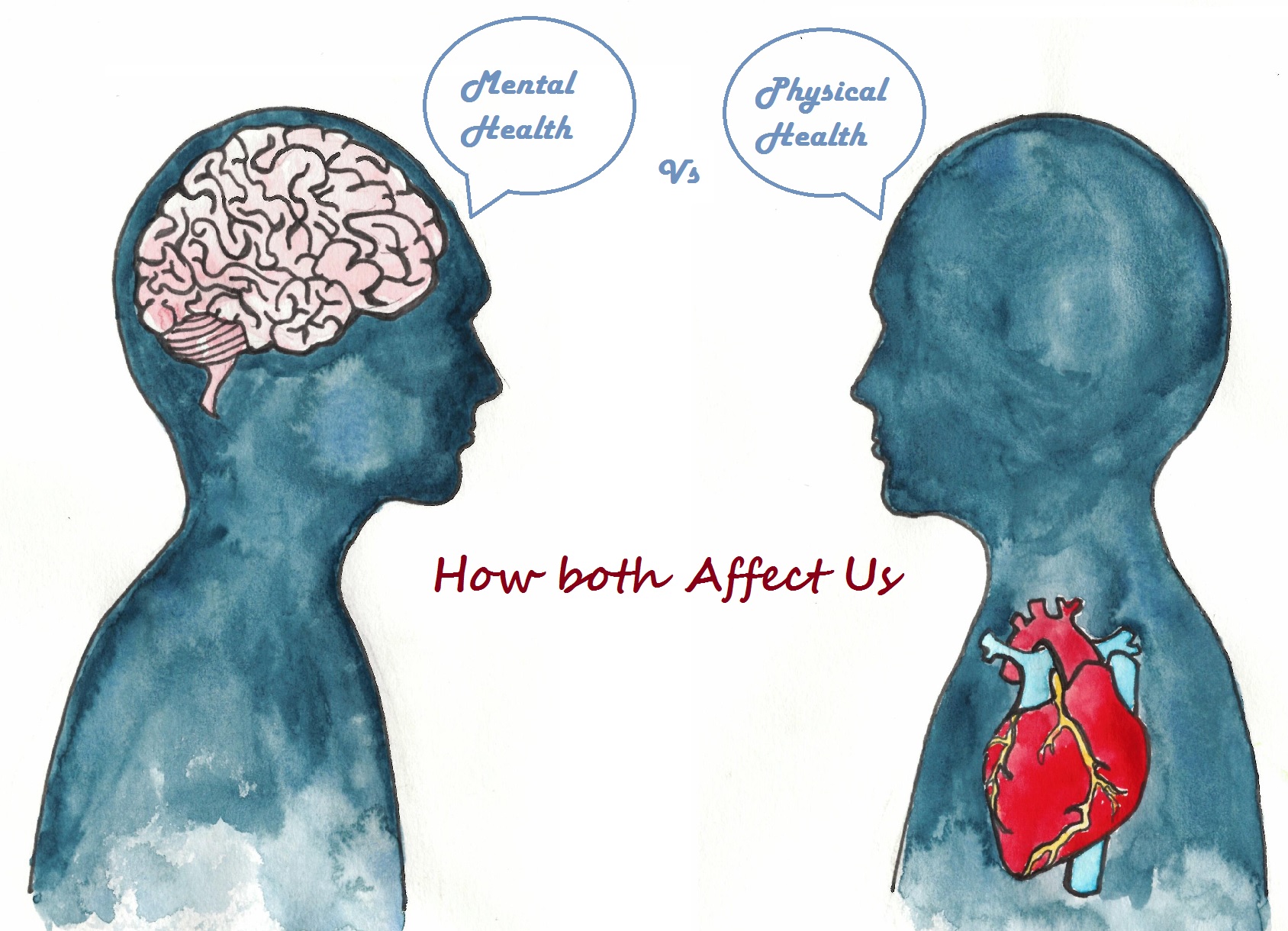Jo Lindner, a YouTuber star and fitness influencer, died of aneurysm. He was 30.

German fitness influencer Jo Lindner died at 30.
By Pantherlabz Health Desk: German influencer Jo Lindner, known as Joesthetics, died last week due to an aneurysm. The 30-year-old, who had a massive 8.5 million followers on Instagram and over 940k subscribers on YouTube, used to share tips and tricks on fitness.
The bodybuilder had complained of neck pain three days prior to his death but it was too late, his girlfriend Nicha said in a post.
“Yesterday his past away by aneurysm. I was there with him in the room.. he put on the necklace in my neck that he made for me..than ..we was just lay down cuddle..waiting the time to go meet Noel at the gym at 16.00 ..he was in my arms.. than this is just happening too fast.. 3 days ago he kept said that he pain his neck .. we not really realize itâ€æ until it too late,” Nicha wrote.
WHAT IS ANEURYSM?
Aneurysm is an abnormal swelling or bulge in the wall of a blood vessel, such as an artery. It occurs when a part of the artery wall weakens and this allows it to balloon out or widen.
Although the cause of aneurysm is unknown, experts suggest that some people are born with it and can be hereditary.
According to the American Heart Association, a family history of aneurysm may increase its risk. Other factors like high blood pressure, high cholesterol and tobacco use can increase the risk as well.

Aneurysm is an abnormal swelling or bulge in the wall of a blood vessel, such as an artery. (Photo courtesy: Getty)
An angiogram, CT scan or an ultrasound test can diagnose it. Different types of aneurysms include abdominal aortic aneurysms (AAA), cerebral aneurysms, common iliac artery aneurysms and femoral and popliteal artery aneurysms.
SYMPTOMS OF ANEURYSM
There might not be any symptoms of aneurysms, especially as this condition develops over the years. The symptoms could vary depending on the location of the aneurysm. Here are the symptoms based on the site of the aneurysms.
- Headache
- Pain in abdomen or back
- Pulsating abdominal mass
- Blue coloration (cyanosis) of lower extremities
- Dizziness
- Vision changes
- Confusion
- Fatigue
- Hoarseness
- Difficulty swallowing
- High-pitched breathing sound
- Swelling in the neck
- Chest or upper back pain
- Nausea and vomiting
- Sense of impending doom
- Shock (low blood pressure, rapid heart rate, clammy skin, decreased awareness)
PREVENTIVE MEASURES FOR ANEURYSM
If you’ve been diagnosed with an aneurysm then consult your doctor to monitor any chances to swelling. It can become a medical emergency if you recognise the symptoms of an aneurysm.
Routine ultrasound procedures should be conducted when symptoms are recognised. Steps such as quitting smoking, controlling blood sugar if you’re a diabetic, losing weight if you’re obese and controlling dietary fat intake can be useful preventive measures.
In many cases, once an aneurysm is diagnosed, the patient could be surgery – aneurysm open repair and endovascular aneurysm repair (EVAR).







Leave a comment
Your email address will not be published. Required fields are marked *